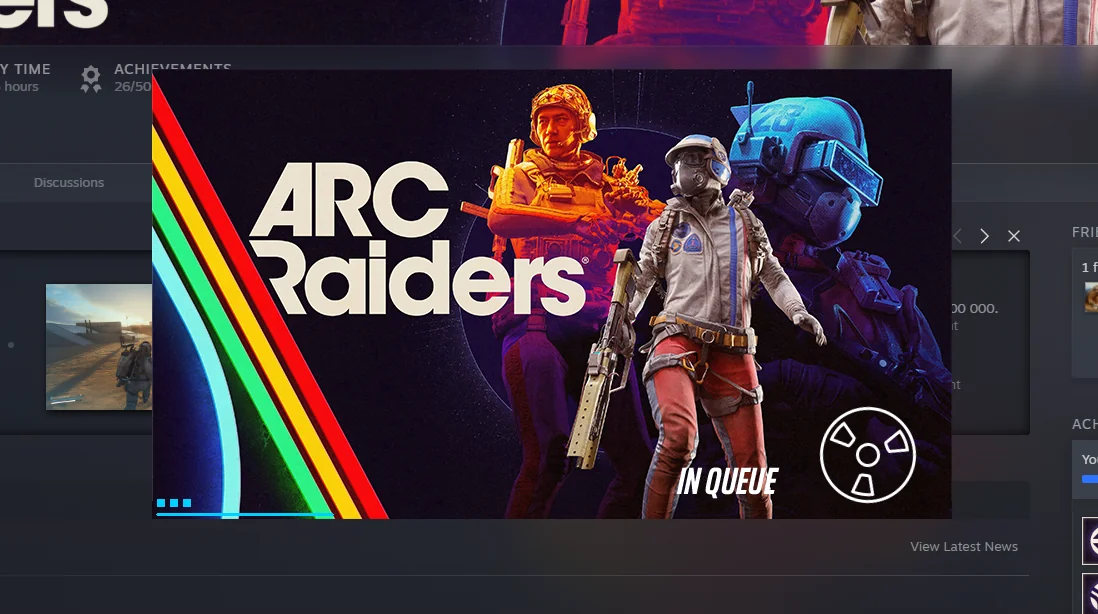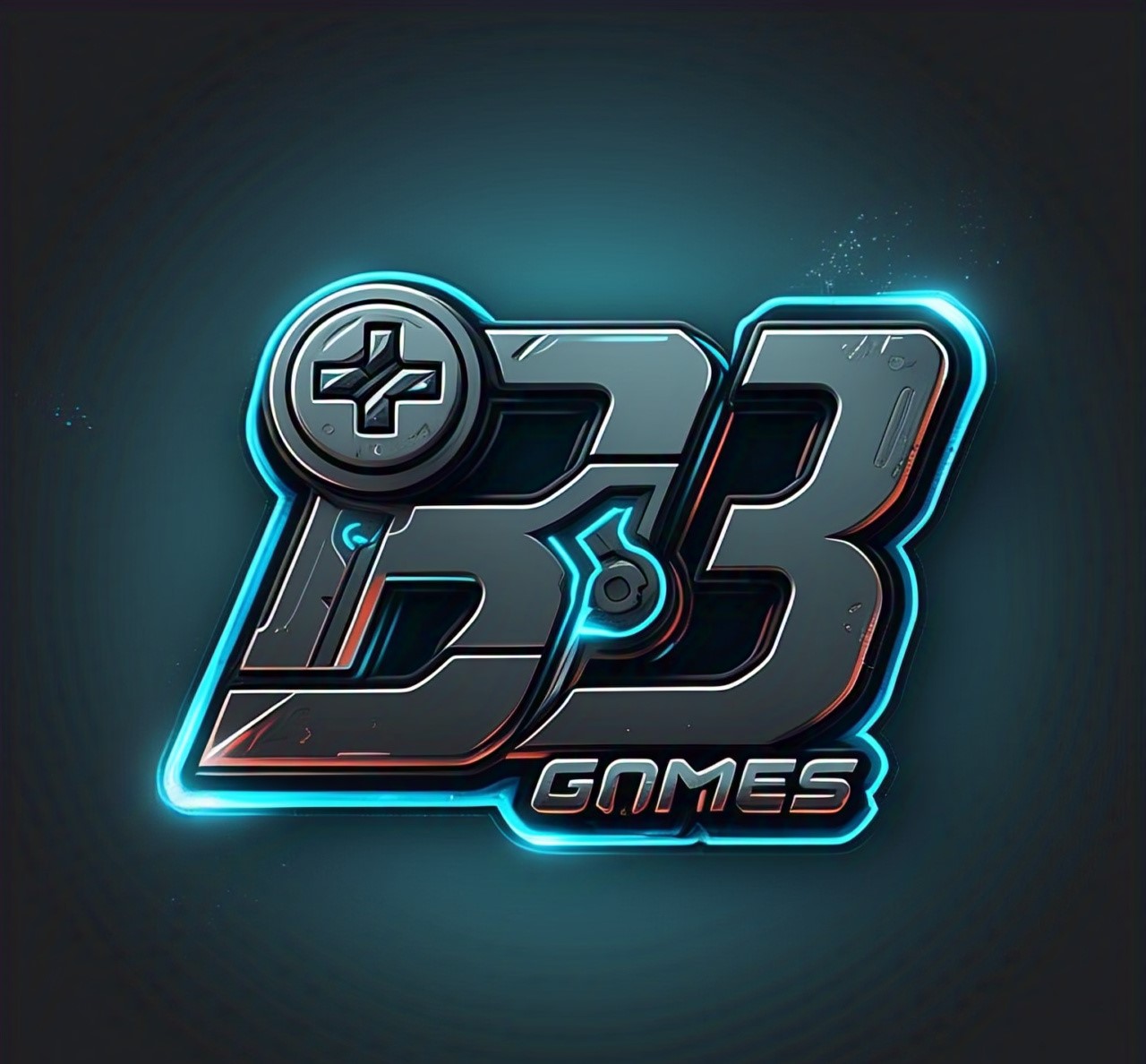
Marvel Rivals Twitter: How NetEase's Superhero Shooter Built Hype Through Social Media Mastery
Inside the Twitter strategy that transformed Marvel Rivals from ambitious project to gaming's most anticipated hero shooter — and what it reveals about modern game marketing
In the crowded arena of hero shooters, where Overwatch once reigned supreme and countless pretenders have fallen, a new contender has emerged with the kind of social media momentum that money can't buy. Marvel Rivals, NetEase's ambitious free-to-play shooter featuring iconic Marvel superheroes, has dominated gaming Twitter throughout 2025 — not through traditional marketing blitzes, but through strategic community engagement that feels organic, responsive, and genuinely exciting.
The game's official Twitter account has become a masterclass in how to build anticipation in an era when gamers have grown cynical about overpromises and underdelivered hype. With character reveals that break the internet, community-driven content that feels authentic, and a posting strategy that understands the rhythm of gaming discourse, Marvel Rivals has achieved something remarkable: genuine grassroots excitement for a game that hasn't even fully launched yet.
The Anatomy of a Viral Gaming Campaign
Marvel Rivals Twitter didn't stumble into success. Behind the account lies a calculated understanding of what makes gaming communities engage, share, and advocate. According to GamesIndustry.biz, the game's social media presence has generated over 500 million impressions across platforms since its beta announcement, with Twitter serving as the primary driver of conversation.
The strategy is deceptively simple: treat your audience like insiders rather than consumers. Character announcements don't just drop — they're teased with cryptic hints that send the community into detective mode. Gameplay reveals feature actual high-level play rather than cinematic trailers that misrepresent the experience. And crucially, the account engages directly with player feedback, concerns, and suggestions in ways that make the community feel heard.
"What NetEase understood is that Marvel fans are passionate, vocal, and desperately want this game to succeed," said a digital marketing analyst who specializes in gaming. "They didn't talk at the community — they created space for the community to talk to each other, with the official account participating rather than dominating the conversation."
This approach mirrors successful community-building strategies seen elsewhere in digital media. Just as Embark Studios built Arc Raiders' success through The Finals' growth by listening to player feedback, Marvel Rivals has made responsiveness a core part of its brand identity.
Character Reveals That Break the Internet

If Marvel Rivals Twitter has a secret weapon, it's how they handle character announcements. Each new hero reveal is crafted to maximize discussion, speculation, and sharing. The account drops subtle hints days in advance — a fragment of dialogue, a glimpse of a power effect, an environmental detail that eagle-eyed fans can piece together.
When Magik was revealed in October 2025, the announcement tweet generated over 200,000 likes and 50,000 retweets within 24 hours, according to social media tracking data. But more importantly, it sparked thousands of conversations about team compositions, counter-strategies, and lore implications. This organic engagement is worth far more than paid advertising could ever achieve.
The roster announcements have been carefully sequenced to maintain momentum. Popular characters like Spider-Man and Iron Man were revealed early to establish mainstream appeal. Then came deeper cuts like Luna Snow and Jeff the Land Shark — characters that hardcore Marvel fans adore but casual audiences might not know. This balance keeps different segments of the fanbase engaged across the entire marketing cycle.
"Every character reveal feels like an event. They've turned what could be routine marketing into appointment viewing for gaming Twitter. That's incredibly difficult to pull off."
— Gaming industry analyst quoted by Polygon
Navigating the Hero Shooter Battlefield
Marvel Rivals enters a market space littered with casualties. For every successful hero shooter, there are dozens that failed to find audiences despite massive budgets and high-profile licenses. The challenge isn't just creating a good game — it's convincing players to invest time in yet another live-service title when they're already committed to existing games.
The Twitter strategy addresses this directly by emphasizing what makes Marvel Rivals different: the Marvel license obviously, but also team-up abilities that encourage comic book-style combinations, destructible environments that change battlefield dynamics, and a commitment to roster diversity that spans the entire Marvel universe rather than just the MCU's greatest hits.
Throughout November 2025, as the game's closed beta expanded, the official Twitter account has been transparent about technical issues and balance concerns. When server problems emerged during peak hours — reminiscent of when Arc Raiders' queue issues left players stranded — the Marvel Rivals team acknowledged problems immediately and provided regular updates rather than going silent and hoping the issue would blow over.
The Power of Community-Generated Content
Perhaps the smartest aspect of Marvel Rivals' Twitter presence is how effectively they amplify community content. Fan art gets retweeted. Highlight plays from streamers get featured. Memes about character abilities become part of the official conversation. This creates a virtuous cycle where content creators know their work might get noticed, encouraging even more community-generated marketing.
According to data from TwitchTracker, Marvel Rivals has consistently held top-10 positions in gaming viewership throughout its beta phases, with much of that success driven by content creators who feel supported by the official account's engagement strategy.
The account also participates in broader gaming discourse beyond just promoting the game. They'll comment on industry news, celebrate other games' successes, and acknowledge competitors rather than pretending they exist in a vacuum. This makes the account feel like it's run by actual gamers rather than a corporate marketing department — even though it obviously is the latter.
Lessons From Other Industries
The Marvel Rivals approach to social media isn't entirely unprecedented. Sports media personalities have long understood that engagement matters more than polish. Eric Bickel's Twitter presence built a devoted following through personality and consistency rather than corporate messaging. Marvel Rivals has applied similar principles to gaming marketing: be authentic, be responsive, be part of the conversation rather than above it.
The Challenges Ahead
Social media hype only carries a game so far. When Marvel Rivals fully launches, it will face the harsh reality that every live-service game eventually confronts: can it retain players long-term? The most successful Twitter campaign in gaming history won't matter if the core gameplay loop doesn't satisfy, if balance issues drive away competitive players, or if content updates don't arrive frequently enough to keep the community engaged.
NetEase has advantages that many competitors lack. Their experience operating games-as-a-service in Asian markets provides institutional knowledge about what sustains player engagement. The Marvel license ensures a steady stream of new characters to maintain interest. And their willingness to invest in infrastructure suggests they're committed for the long haul rather than looking for a quick cash grab.

But they're also entering a market where player expectations have never been higher and tolerance for missteps has never been lower. The same Twitter community that's championing the game now will turn critical immediately if the full release disappoints. Maintaining the goodwill they've built requires not just good social media management, but delivering on every promise the hype has implied.
What Marvel Rivals Twitter Reveals About Modern Gaming
The success of Marvel Rivals' social media strategy says something important about where gaming culture is in 2025. Players aren't just consumers anymore — they're collaborators, critics, and co-creators of the narratives around games. They can spot corporate insincerity from miles away, but they'll champion products that make them feel valued and heard.
Traditional marketing — the carefully scripted trailer premieres, the paid influencer campaigns, the press release hype cycles — still has its place. But it's increasingly supplemented or even replaced by genuine community engagement that treats players as partners rather than targets.
Marvel Rivals Twitter has mastered this balance. They maintain professional polish when it matters — character reveals are beautifully produced, gameplay footage is high-quality, official communications are clear and well-written. But they also know when to be casual, when to meme, when to acknowledge that everyone involved in this process is just a bunch of nerds who love Marvel and video games.
"The best marketing doesn't feel like marketing. Marvel Rivals Twitter feels like a fan account that happens to have insider access. That's the dream for any brand trying to build community."
— Social media strategist specializing in gaming brands
The Launch and Beyond
As Marvel Rivals approaches its full free-to-play launch in late 2025, the Twitter account faces its biggest test: translating hype into sustained engagement. The initial wave of players will arrive with sky-high expectations shaped by months of carefully curated messaging. Some will be disappointed that the reality doesn't match the promise. Others will find exactly what they were hoping for and become evangelists.
The account's real work begins after launch, when the conversation shifts from anticipation to actual experience. Handling negative feedback gracefully, celebrating player achievements authentically, maintaining transparency about development priorities — these challenges will determine whether Marvel Rivals becomes a long-term success or another cautionary tale about overpromised and underdelivered games.
But if the pre-launch strategy is any indication, NetEase understands what they're doing. They've built a community rather than just an audience. They've created conversation rather than just broadcasting messages. And they've demonstrated that in 2025, the best marketing for a game isn't what you say about it — it's what you enable your players to say about it.
Marvel Rivals Twitter didn't just promote a game. It created a movement. Whether that movement translates into a successful, sustainable title remains to be seen. But as a case study in modern gaming marketing, it's already required reading for anyone trying to launch a multiplayer game in an oversaturated market.
In the end, the most impressive thing about Marvel Rivals' social media success isn't the follower count or engagement metrics — it's that they made people genuinely excited about a hero shooter in 2025, when conventional wisdom says the genre is oversaturated and players are exhausted. That's not just good marketing. That's understanding your audience so deeply that you can make them believe in something they thought they were tired of.
And in the crowded, cynical world of gaming Twitter, that belief is the rarest resource of all.
Related Articles




